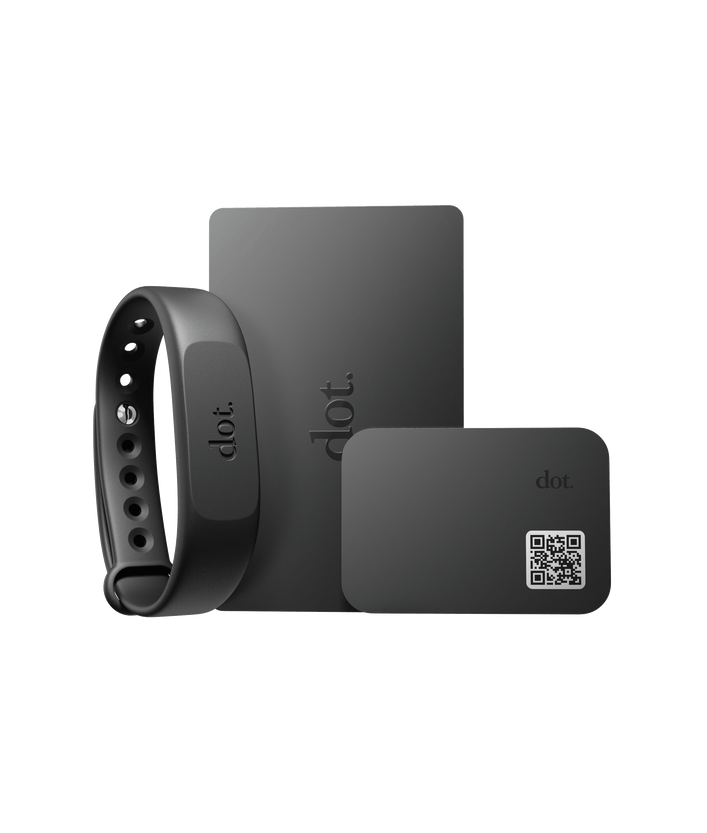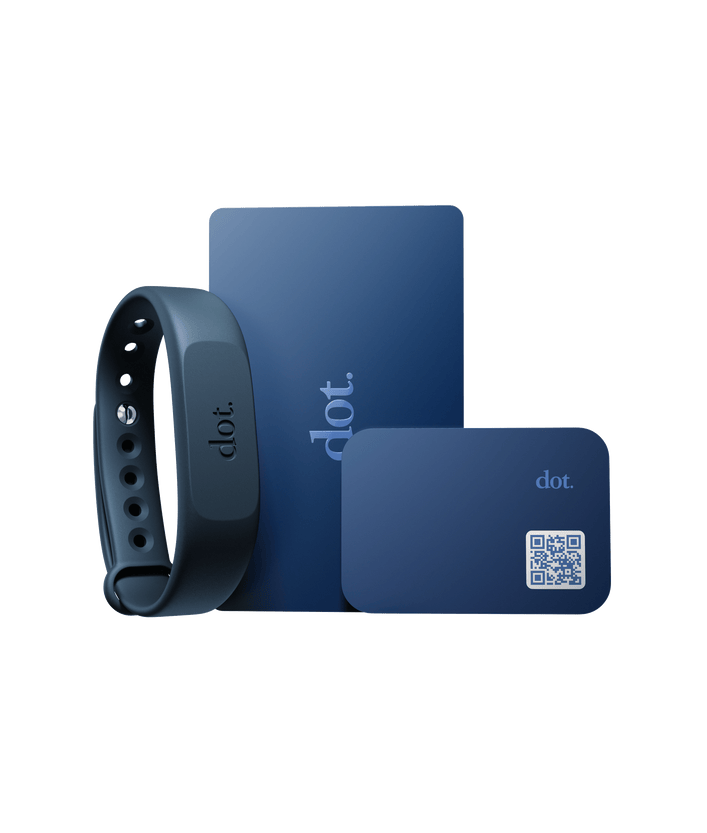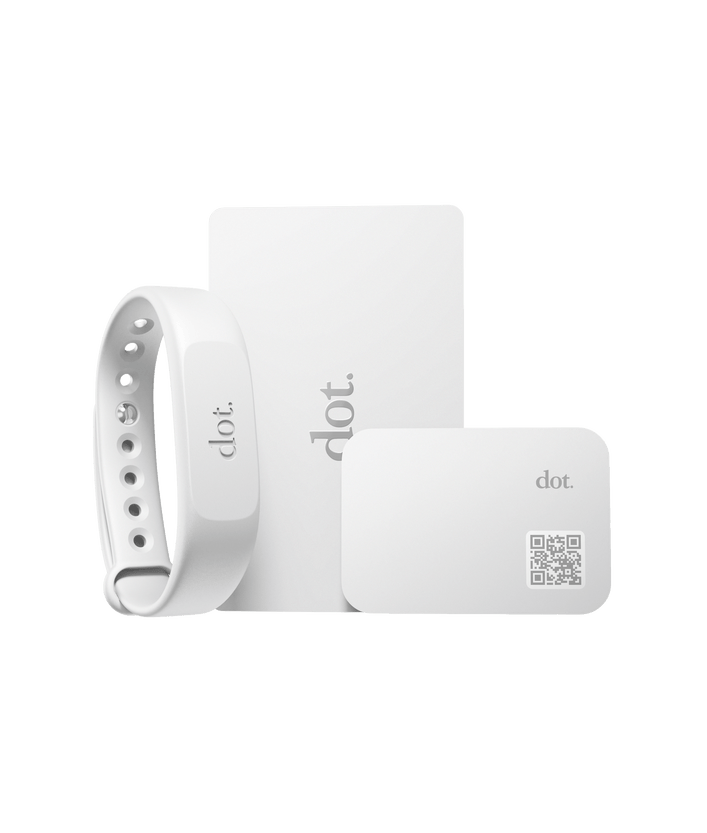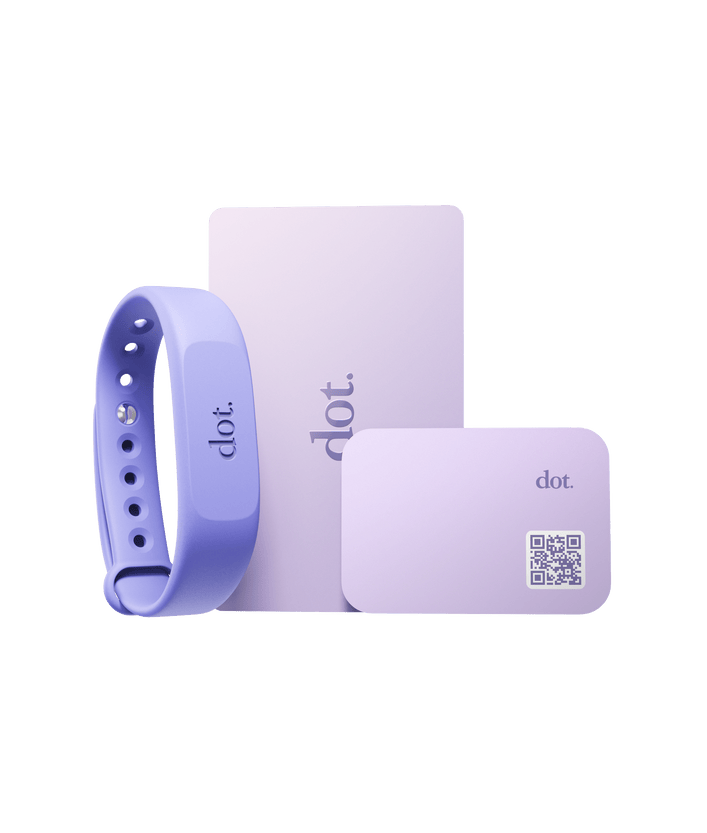If you’ve ever wondered why some businesses show up first on Google while others are buried on page three, the answer is simple: search engine optimization (SEO).
For small business owners, SEO isn’t just another marketing term. It’s the difference between being discovered by potential customers and being invisible online.
In this guide, we’ll break down what SEO really means, how search engines decide who ranks first, and how you can make your business easier to find without the jargon.
How Search Engines Actually Work
When someone searches on Google, the engine isn’t scanning the web in real time. It’s pulling from an index, a massive database of websites it’s already analyzed.
Then, an algorithm ranks those sites based on relevance, authority, and user experience.
Here’s what really matters:
-
Relevant, high-quality content: Search engines favor pages that directly answer what users are searching for. Informative, well-written content always wins.
-
Page speed: Slow sites frustrate users. Fast-loading pages rank higher because they create a better experience.
-
User experience (UX): Design, navigation, and mobile-friendliness are now part of SEO. If visitors bounce quickly, your rankings can drop.
-
Technical health: Broken links, missing metadata, and outdated pages can hurt your credibility with search engines.
💡 Pro Tip: If your website takes longer than three seconds to load, you could be losing both rankings and customers.
When you align your site with what search engines value, you don’t just get clicks — you get qualified traffic that’s ready to convert.
Choosing the Right Keywords
Keywords are the bridge between what your customers search for and what your business offers.
They’re the exact words and phrases people type into Google, like “best custom mugs near me” or “affordable accounting services.”
How to find them:
-
Start with your audience: What are your customers really searching for when they need your product or service?
-
Use tools like Google Keyword Planner: It’s free and shows search volume, trends, and competition levels.
-
Look for intent:
-
Informational keywords (for learning) attract readers.
-
Transactional keywords (for buying) attract ready customers
-
-
Aim for balance: Choose a mix of high-volume, low-competition terms to maximize visibility.
Once you’ve picked your keywords, weave them naturally into your content, including titles, headings, and body copy.
🚫 Avoid keyword stuffing.
If your writing sounds robotic or repetitive, both readers and Google will tune out.
Optimizing Your Website Content
Having the right keywords is just the start.
SEO is also about how your content is structured and how easy it is for both humans and search engines to understand.
Here’s what to focus on:
-
Write for people, not algorithms. Create valuable, easy-to-read content that answers real questions.
-
Use clear hierarchy. Headings (H1, H2, H3) help Google and readers scan your content.
-
Optimize your meta tags. The title and description that appear in search results should be clear, clickable, and under 160 characters.
-
Add internal links. Link related pages together to help both readers and search engines navigate your site.
-
Refresh old content. Update articles with new stats, insights, or visuals to keep them relevant.
💡 Pro Tip: Long-form content (1,000 to 1,800 words) tends to perform better, but only if every paragraph adds value.
The goal isn’t just to rank. It’s to make your visitors stay longer, explore further, and take action.
Why SEO Is a Long-Term Win for Small Businesses
Unlike paid ads, SEO builds momentum over time. Once your site ranks, you can keep attracting traffic without constantly paying for clicks.
That means:
-
More organic leads without extra ad spend
-
Better brand credibility because people trust top-ranked results
-
Higher ROI from long-term visibility
Yes, SEO takes time and consistency, but it’s one of the few marketing investments that continues to grow in value.
The Bottom Line
SEO isn’t a magic trick. It’s the art of making your business findable, relevant, and trustworthy online.
Start small:
-
Create clear, valuable content.
-
Target keywords your customers actually search for.
-
Keep your website fast, mobile-friendly, and easy to navigate.
Over time, the results compound. Your visibility increases, your audience grows, and your business builds authority one search at a time.










































